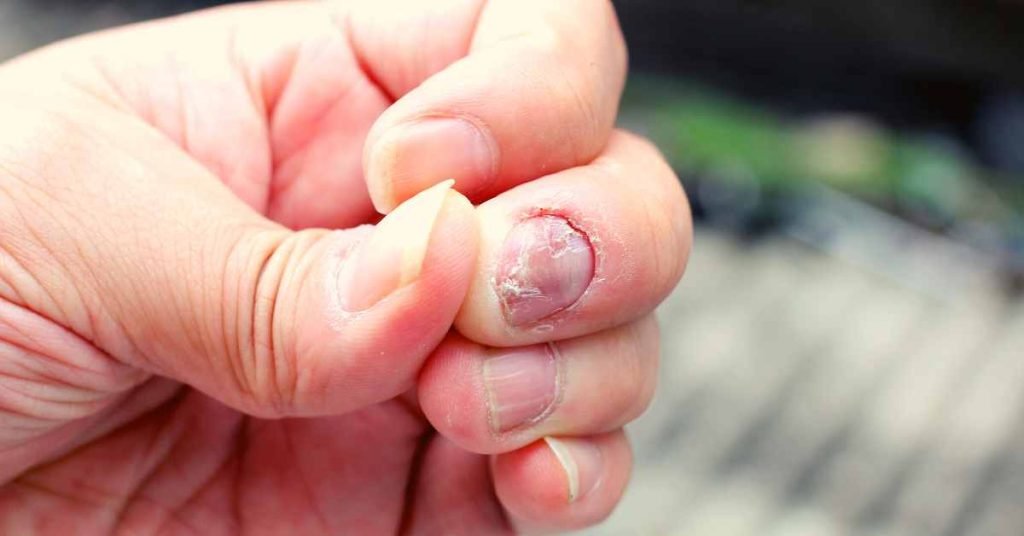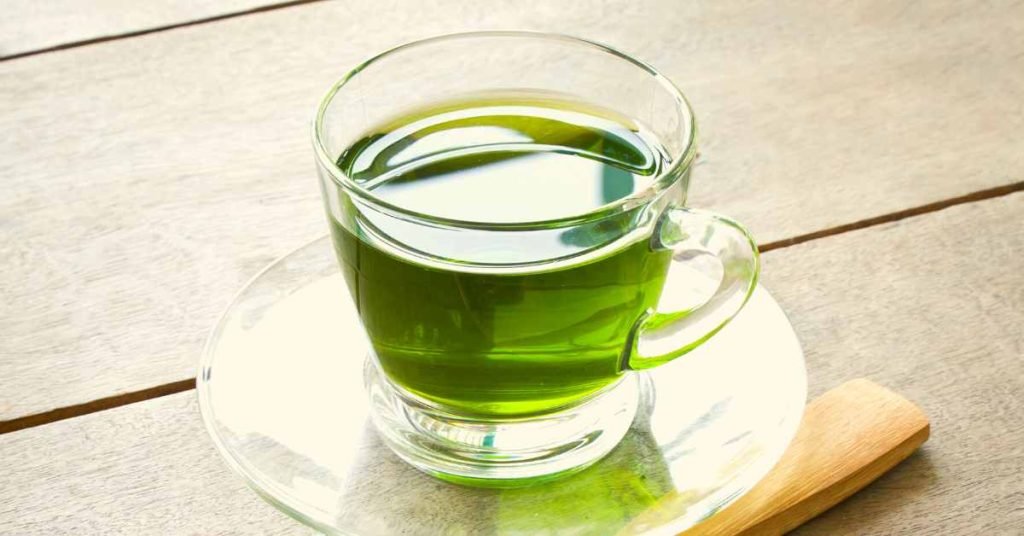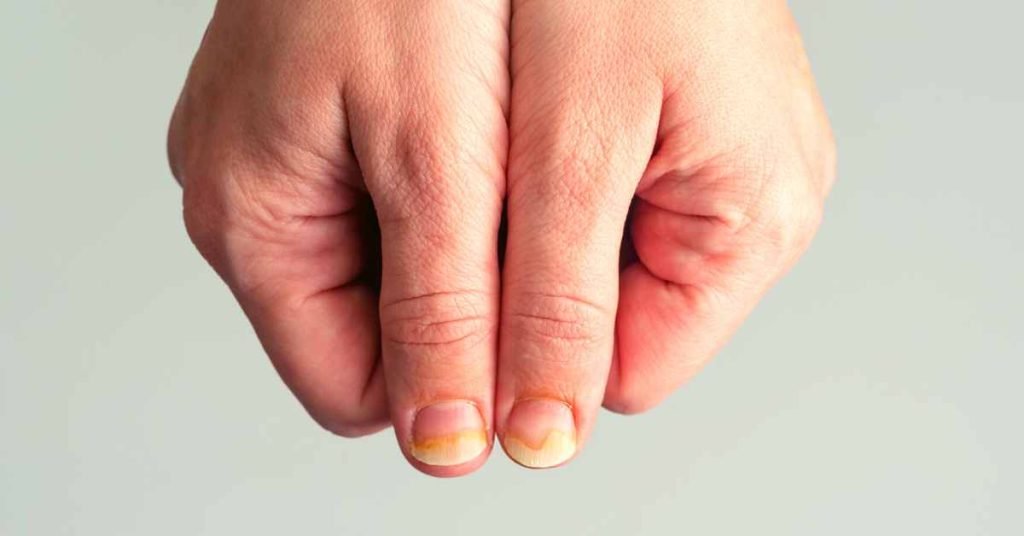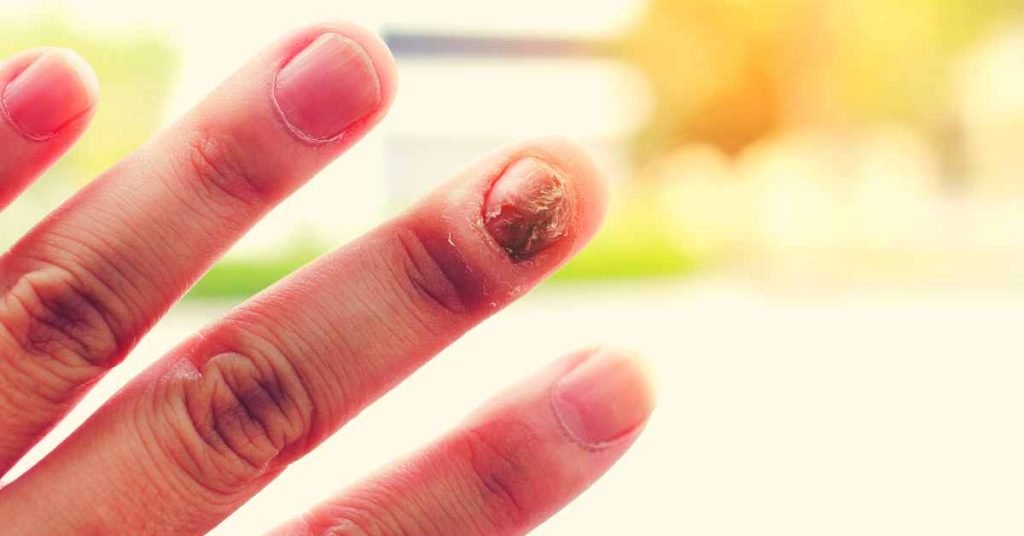Fungal nail infections, medically known as onychomycosis, can be both unsightly and uncomfortable.
These infections occur when fungi, typically dermatophytes, yeast, or molds, invade the nails.
While conventional treatments such as antifungal medications, topical creams, and in severe cases, oral medications, are available, there is a growing interest in exploring natural remedies like tea for managing fungal nail infections.
In this article, we delve into the potential benefits of tea, the types of tea that might be effective, and the considerations one should keep in mind.
Understanding Fungal Nail Infections

Fungal nail infections are common and can affect both fingernails and toenails.
They often result from exposure to warm and moist environments, such as swimming pools and locker rooms, making the feet particularly susceptible.
The infection can lead to thickened, discolored, and brittle nails, causing discomfort and cosmetic concerns.
Tea and its Antifungal Properties
Tea, derived from the Camellia sinensis plant, has been consumed for centuries and is celebrated for its myriad health benefits.
While the primary focus of tea consumption is usually its antioxidant content, certain types of tea have demonstrated antifungal properties that might be beneficial in managing fungal nail infections.
**1. Green Tea: Green tea, rich in polyphenols and catechins, has been studied for its antifungal properties. Catechins, such as epigallocatechin gallate (EGCG), exhibit antifungal effects against various strains of fungi. Green tea’s potential to inhibit fungal growth and its antioxidant properties make it an interesting candidate for managing fungal nail infections.

**2. Black Tea: Black tea, another variety derived from Camellia sinensis, also contains polyphenols with potential antifungal properties. Theaflavins and thearubigins, unique compounds formed during the fermentation process of black tea, have demonstrated antimicrobial activity. While research specific to fungal nail infections is limited, these properties could theoretically contribute to managing fungal growth.
**3. Tea Tree Oil Infusions: While not a traditional tea, per se, tea tree oil infusions are worth mentioning. Tea tree oil comes from the Melaleuca alternifolia tree leaves and has antifungal and antibacterial properties. Infusing tea tree oil into a carrier oil and applying it to affected nails may offer a natural remedy for fungal infections.
Application Methods
Tea can be utilized in various forms to address fungal nail infections:
- Topical Application: Brewed tea, especially green or black tea, can be cooled and applied topically to affected nails. Soaking the nails in strong tea solutions may help inhibit fungal growth and reduce inflammation.
- Tea Tree Oil Solutions: Diluted tea tree oil can be applied directly to affected nails or incorporated into foot soaks. Due to its potency, it’s crucial to dilute tea tree oil to prevent skin irritation.
- Internal Consumption: While the primary focus is often on topical application, some proponents suggest that regular consumption of green tea might complement external treatments by leveraging its systemic antioxidant and potential antifungal effects.

Considerations and Precautions
While tea presents itself as a potential adjunct in managing fungal nail infections, it’s essential to approach its use with a degree of caution:
- Professional Consultation: Before embarking on any home remedies, consulting with a healthcare professional or a dermatologist is crucial. What works for one person may not work for another, and it’s vital to ensure the chosen remedy is appropriate for the specific type of fungal infection.
- Consistency and Patience: Natural remedies often require a consistent and patient application. Results may take time, and discontinuing treatment prematurely may impede the healing process.
- Hygiene Practices: Alongside tea-based remedies, maintaining good foot hygiene is paramount. Keeping nails clean and dry, regularly changing socks, and avoiding tight footwear can contribute to the overall effectiveness of the treatment.
- Potential Allergies: Some individuals may be allergic to components in tea or tea tree oil. Performing a patch test before widespread application is advisable, and individuals with known allergies should exercise caution.
Final Word
While the use of tea for fungal nail infections is a topic of growing interest, it’s important to recognize its role as a complementary measure rather than a standalone treatment.

Conventional treatments, as prescribed by healthcare professionals, should remain the primary focus for managing fungal nail infections.
Tea, with its potential antifungal properties, can be considered as part of a holistic approach, but it should be approached with care and under the guidance of medical professionals.
As research in this area progresses, more insights may emerge, shedding light on the effectiveness of tea in addressing fungal nail infections.
MEDICAL DISCLAIMER
Itsnevernotteatime.com cannot and does not contain medical/health advice. The medical/health information is provided for general and educational purposes only and is not a substitute for professional advice.




